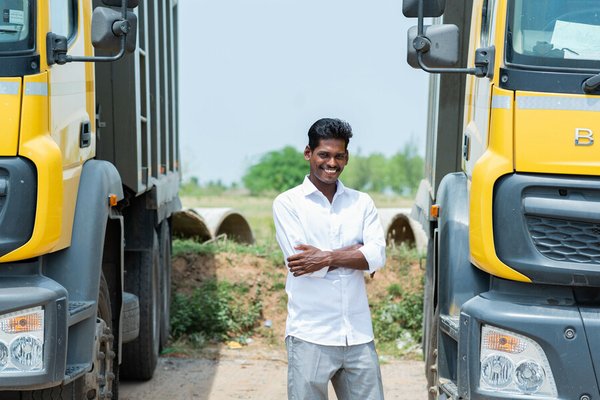Results

Ashok, the lorry driver breadwinner of his family.
Ashok life is transformed after attending the Vocational Training Centre. After being hospitalised for leprosy, he is now providing for his family in a job that he loves.
Support Administrator – Global Services & HR (Part-Time, Fixed-Term)
Are you a detail-loving organiser with a heart for global mission work? Join The Leprosy Mission International (TLMI) as our Support Administrator, where your admin, HR, and event coordination skills will help power international collaboration and meaningful impact.